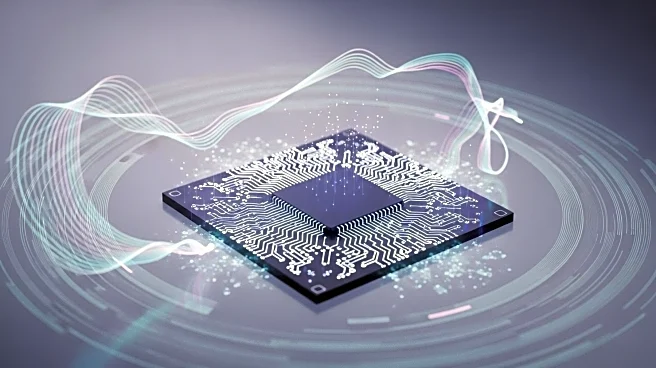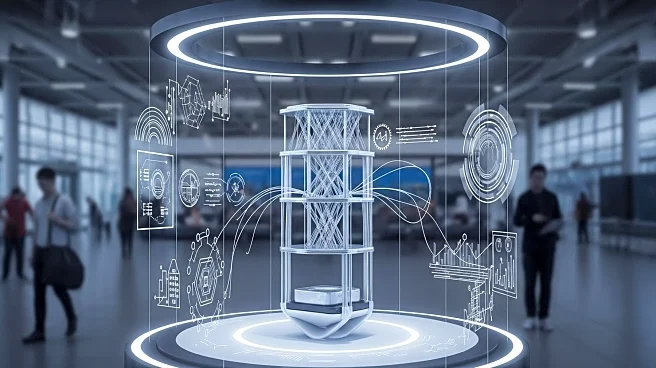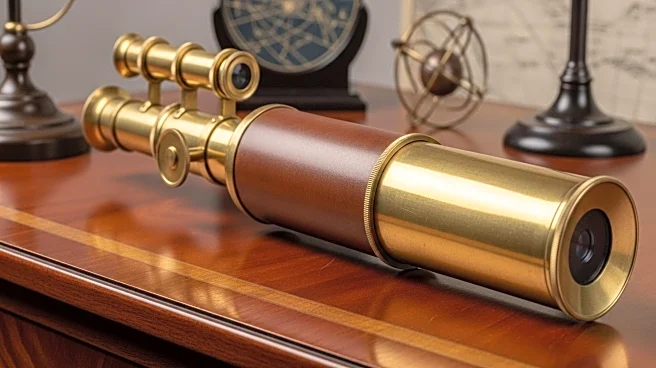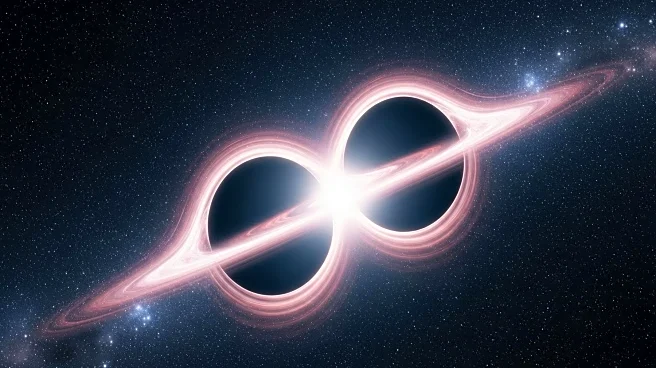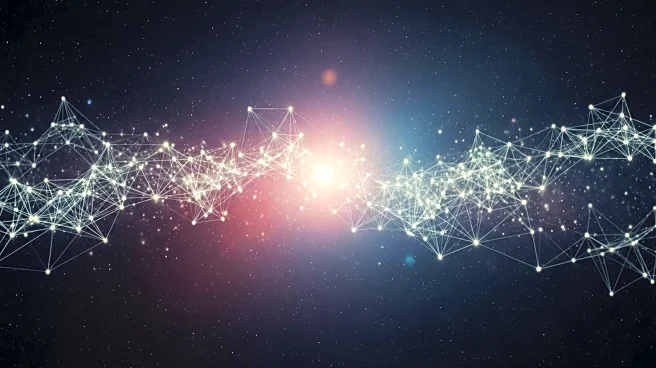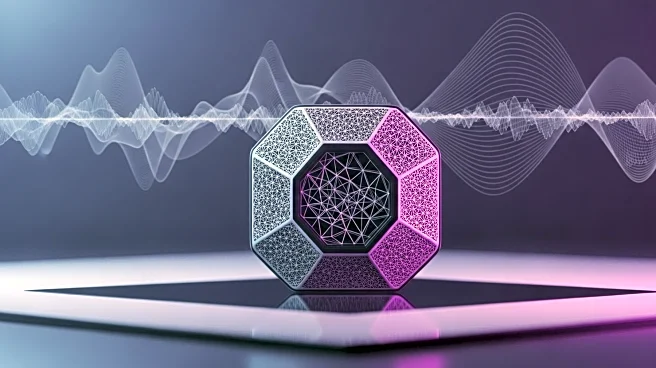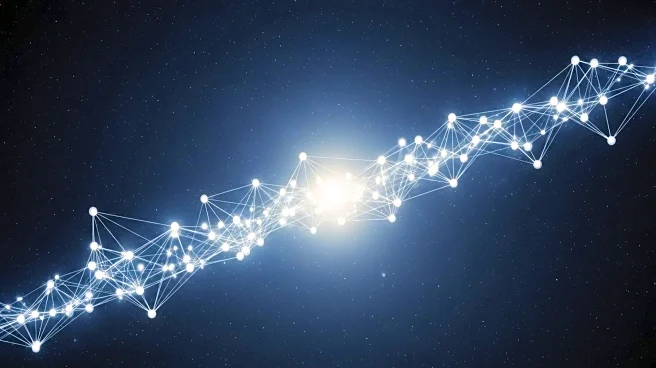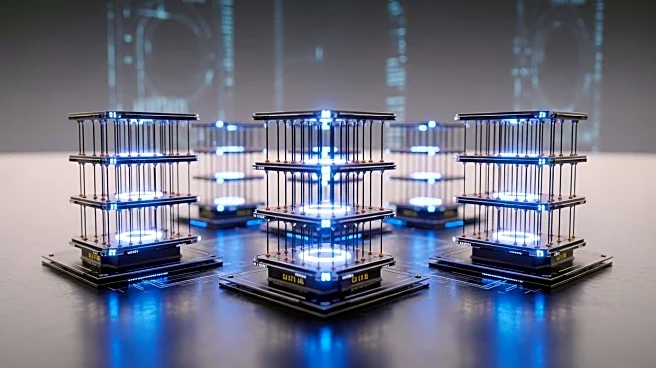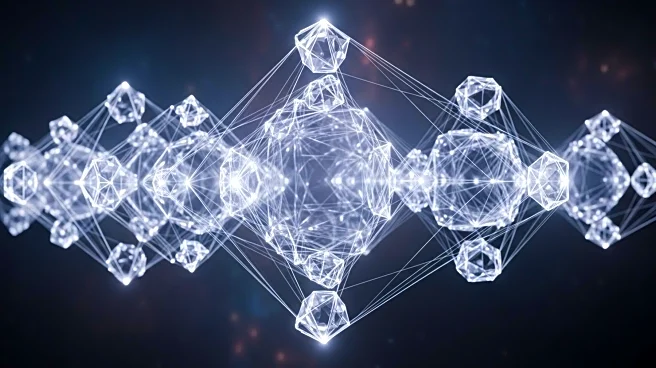What's Happening?
Researchers at Hiroshima University have developed a method to detect the Unruh effect, a phenomenon at the intersection of relativity and quantum theory. The Unruh effect predicts that an accelerating observer perceives vacuum fluctuations as real particles with thermal energy. The new method utilizes circular motion in superconducting circuits to achieve the necessary accelerations for detection, potentially bridging the gap between general relativity and quantum mechanics.
Why It's Important?
Detecting the Unruh effect could provide profound insights into the nature of spacetime and the relationship between quantum mechanics and relativity. This advancement may lead to new technologies in quantum sensing and contribute to the search for a unified theory of physics. The ability to experimentally verify the Unruh effect would be a significant milestone in fundamental physics.
What's Next?
The research team plans to conduct detailed analyses of the decay processes involved in their experimental setup, focusing on macroscopic quantum tunneling. This will refine the detection method and enhance understanding of the Unruh effect's implications for quantum physics.
Beyond the Headlines
The detection of the Unruh effect could revolutionize our understanding of quantum phenomena and spacetime, potentially leading to new theories and applications in physics. This research opens avenues for exploring the true nature of quantum reality and spacetime.

